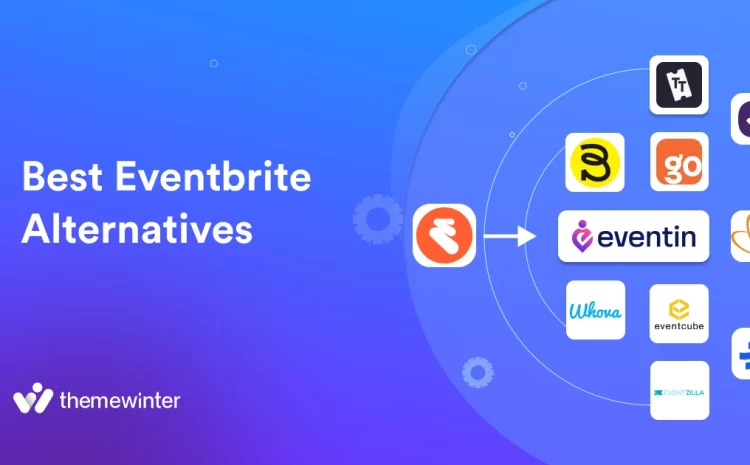How to take your offline business online in 2025 (step-by-step guide)
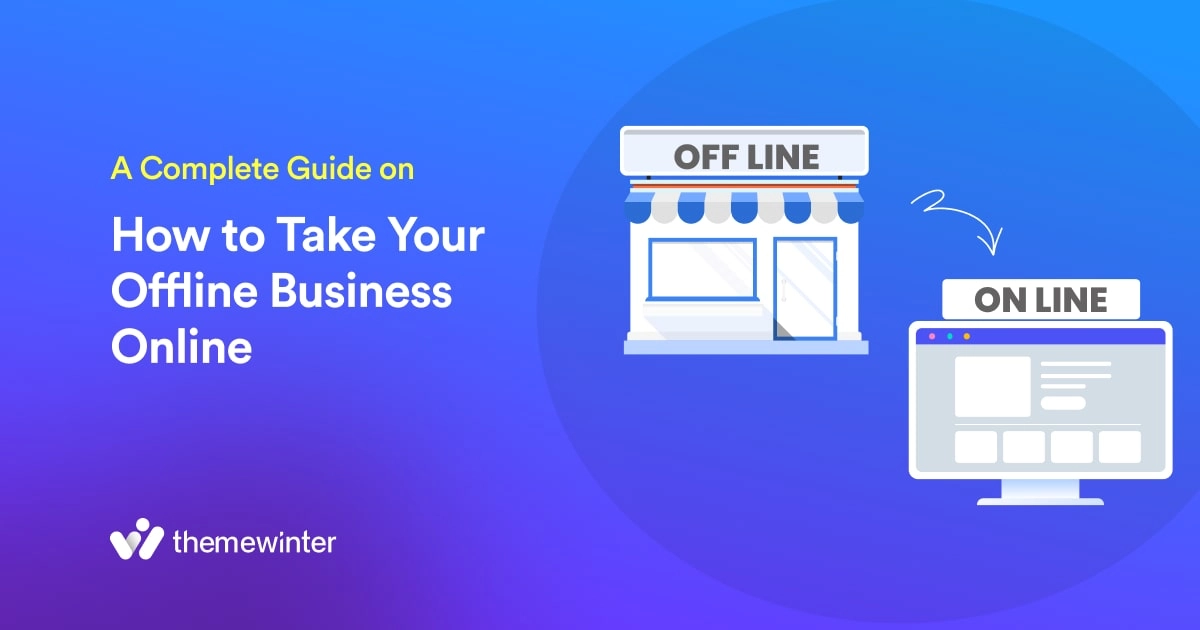
Still running your business offline? You might be holding yourself back.
While others are getting orders online, growing fast, and reaching people outside their neighborhood—you’re limited by time, location, and foot traffic.
If you’re not online yet, you’re missing a big chance.
No worries! We’re here to guide you and help your business thrive online. Our step-by-step guide covers everything from setting up your website to welcoming your first online customer.
Let’s make your business ready for the online world.
Why move your business online?
Going online isn’t just a trend—it’s how business works today.
Let’s be honest—running a business offline today is like using a push cart in a world full of delivery bikes.
Here’s what you’re missing by not going online:
- Limited reach – Only people nearby know you exist.
- Fixed hours – No sales when your doors are shut.
- Higher costs – Rent, staff, utilities—all add up.
- Slow growth – It’s harder to scale without tech.
Now here’s what happens when you go online:
- You sell 24/7 → Even when you’re asleep.
- You reach more people → Locally, nationally, even globally.
- You track what works → No more guesswork.
- You grow faster, smarter → With the right tools behind you.
Your audience is already online. If your business isn’t, you’re invisible to them.
Let’s fix that—step by step.
How to take your offline business online (step by step)
Transitioning your offline business ideas to an online platform will require a lot of work, and it’s a part of online business planning. This is because there are significant differences between offline and online business ideas, spanning from marketing procedures to the selling process. However, this streamlined process will help you with moving business offline to online.
In this section, we’ll go straight to the discussion on where you will be sequentially getting your answer to ‘How to take my business online.’ So, without further ado, let’s get started!
Step 1: Build a solid foundation before you go online
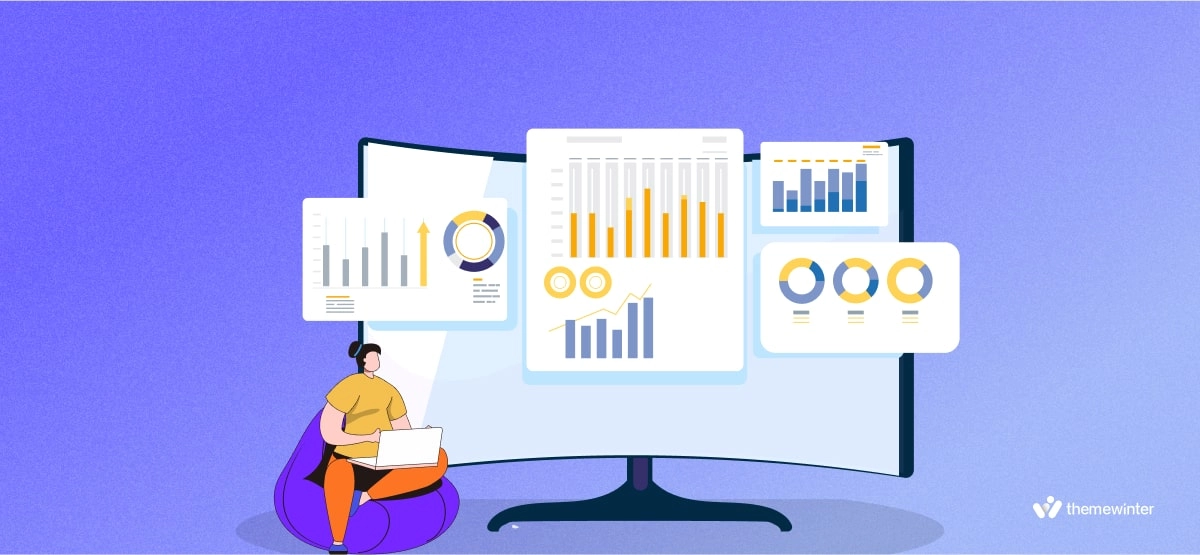
Before jumping in, take a moment to plan.
Going online without a clear idea is like opening a shop without knowing what you’ll sell or who it’s for.
This step is all about getting clarity and setting the right direction—so your online journey starts strong.
a) Know who you’re talking to (your digital audience)
Your online audience might be different from your offline crowd—or maybe it’s the same people, just on a screen.
Here’s how to figure them out:
- Start with your current customers – Who visits your shop or buys your service now? They’ll likely want to find you online too.
- Check the basics – Age, location, interests, and job role can help shape your online content.
- Find where they hang out – Are they on Instagram? Facebook? LinkedIn? That’s where you should show up too.
- Understand their needs – What questions do they ask? What are they searching for online?
- Ask for feedback – Simple polls or messages can give you helpful insights fast.
- Spot the influencers – Who do your customers trust? Follow them and learn what your audience already engages with.
b) Choose the right platform for your business
Picking the right online platform is like choosing the best location for your store. You need a place that fits your business, feels right, and grows with you.
Here’s how to make a smart choice:
Match platform to your business type
- Selling products? Go with Shopify, WooCommerce, or BigCommerce.
- Offering services? Try WordPress, Squarespace, or Wix.
- Running events or appointments? Use booking tools like Booktics, Timetics, or Eventin.
Things to look for
- Easy to use – Pick something beginner-friendly. Drag-and-drop builders help a lot.
- Custom design – Make your store feel like you. Choose a platform with flexible templates.
- Affordable – Check monthly fees, transaction costs, and any setup charges.
- Safe & secure – SSL, secure payments, and updates are a must.
- Works on mobile – Most customers shop on phones. Your site must look great everywhere.
- Plays well with others – Choose a platform that integrates with email tools, analytics, CRM, and more.
- Good support & community – Things will break. A helpful team (and active user community) makes a big difference.
c) Set up your branding and domain
This is your online identity. Just like your physical store has a name and look, your online brand needs the same.
Branding basics
- Pick a strong domain name – Keep it short, easy to type, and relevant to what you do.
- Use consistent colors and tone – Match your offline branding for a smooth experience.
- Tidy up your logo – Make sure it’s clean and readable on screens and mobile.
- Check your name everywhere – Make sure your business name or username is available on social platforms.
Build trust
- Buy an SSL certificate – That little padlock on your site? It means you’re safe to buy from.
- Secure your brand – Register similar domains so others don’t copy you.
- Think ahead – Choose a name and branding that lets you grow. Don’t box yourself into one product or niche.
- Add SEO power – If you can, include a keyword in your domain (for example, “claycrafts.com” if you sell pottery).

2. Building your online presence
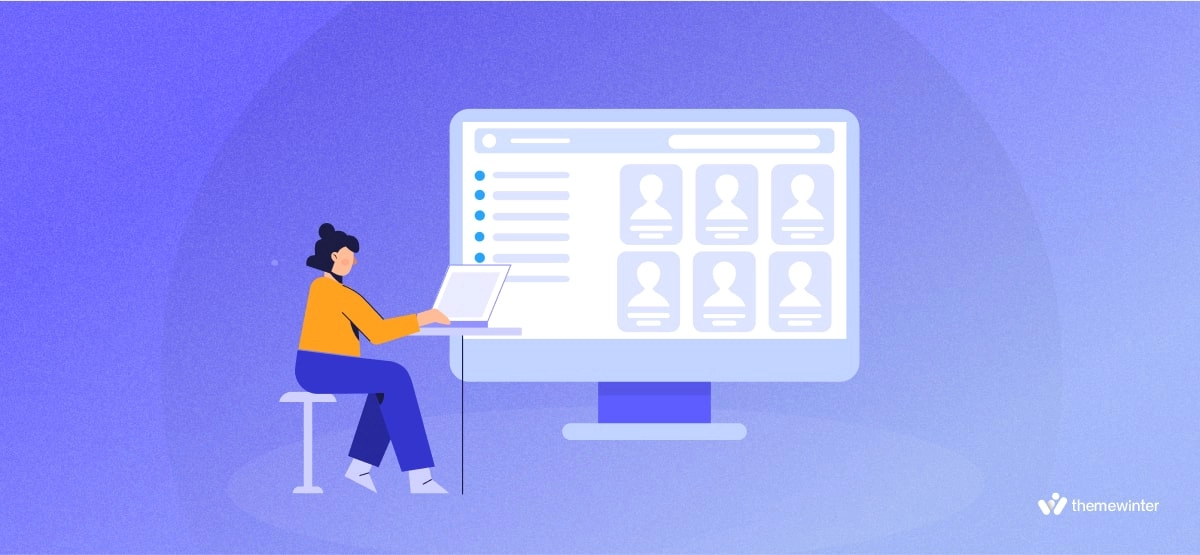
Building your online presence is a significant part of online business marketing. Moving business offline to online is a lot like moving into a new neighborhood. It’s about crafting a space that feels uniquely you, welcoming visitors warmly, and making sure they can easily find what they’re looking for. One of the cornerstones of this digital ‘home’ is your website.
But how would you do that? Let’s check it out
a) Website design and navigation
Your website is your digital handshake, your online smile, and the very essence of your brand all wrapped up in pixels and code. It’s also one of the significant parts of online marketing strategies. Hence, before moving business offline to online, you need to think of your website as the cozy, welcoming cafe on the block, or the store with the vibrant window display that beckons folks inside.
- First Impressions Count: Remember the pride you felt with the first signboard of your offline store? That’s your website’s homepage. It needs to embody your brand, tell your story, and give a glimpse of the treasures that await inside.
- Easy Breezy Navigation: You know how you’d intuitively guide a customer in your physical store to their desired product? Your website’s navigation should feel just as intuitive. Clear menus, well-labeled sections, and a helpful search bar are like your digital aisles guiding visitors seamlessly.
- Aesthetics Matter: Whether it’s the warm tones of a coffee shop or the crisp layout of a boutique, the visuals set the mood. A clean design, complemented by your brand colors and fonts, creates an ambiance that keeps visitors browsing.
- Responsive is the Word: We live in a world of smartphones, tablets, laptops, and more. Your website should be that friendly host who welcomes everyone, no matter the device. A responsive design ensures your site looks and feels great, from the tiniest phone screen to the largest desktop.
- Less is More: Overwhelming a visitor is like crowding your store with too many displays. Keep content concise, prioritize essential information, and ensure pages load quickly. After all, no one likes to wait, online or offline! Hence, it’s necessary to swiftly shift the process to take your business from offline to online business.
- Call-to-Actions (CTAs) are Your Besties: Think of CTAs as those little nudges you give customers—like suggesting they sign up for a newsletter or check out a sale. Well-placed, clear CTAs guide visitors on what to do next, making their experience smoother and more engaging.
Remember, building an online presence is all about recreating that warmth, trust, and ease your customers felt walking into your physical store. Your website is a pivotal part of this journey, and with the right design and navigation, it’ll be the digital space where visitors love to linger.
b) Setting up E-commerce components
Navigating the world of e-commerce might feel like stepping into uncharted territory. But, in essence, it’s a lot like stocking your physical store, just with some digital magic sprinkled in. From online to offline commerce marketplace, you can market your product and ensure you are not missing out on any of your target audiences.
Additionally, this online to offline commerce marketing strategy is about curating that virtual space, making it feel as tangible, welcoming, and trustworthy as your brick-and-mortar shop. And with the right tools and care, like online marketing strategies, you’re not just constructing a website; you’re crafting an experience.
Let’s guide you through the essentials of moving business offline to online.
- The Welcoming Entrance – Your Landing Page: Think of your landing page as your storefront window. It’s the first impression, the lure that invites potential customers inside. Ensure it’s clean, engaging, and captures the essence of what you offer.
- Product Listings – Your Digital Shelves: Just as you meticulously arrange products on your physical shelves, your online product listings need care. High-quality images, concise descriptions, and clear pricing are like your digital sales tags.
- Secure Payment Gateways – The Trustworthy Cashier: Remember the relief in your customers’ eyes when transactions go smoothly at the counter? Online, a secure payment gateway offers that same reassurance. Ensure multiple payment options, from credit cards to digital wallets, all within a safe and encrypted environment.
- Shopping Cart & Checkout – The Final Lap: Ever noticed how some stores make the checkout process a breeze while others test your patience? Your online checkout should be the former. Keep it simple, offer guest checkout options, and always—always—be transparent about shipping costs and times.
- Customer Accounts – The Loyalty Card: Offering customers the option to create accounts can be like giving them a digital loyalty card. It streamlines their future purchases, saves their preferences, and gives them a sense of belonging.
- Feedback & Reviews – The Digital Word of Mouth: Remember the joy when a customer would recommend your store to a friend? Online reviews are the new word of mouth. Encourage satisfied customers to leave reviews; it’s the digital equivalent of a pat on the back.
c) Digital marketing for your newly online business
Transitioning online can feel overwhelming, but think of online business marketing as your trusty megaphone, amplifying your voice in the vast online marketplace. Hence, considering your business model and type of your core offerings, you should develop quality online marketing strategies before moving business offline to online.
Here’s how to make the most of it:
- SEO (Search Engine Optimization): Remember those days when people would find your shop by asking around? SEO is its digital counterpart. Optimize your website with relevant keywords, quality content, and user-friendly design to rank higher on search engines and become more discoverable.
- Social Media Engagement: Those lively conversations you enjoyed in-store? Take them online! Platforms like Instagram, Facebook, and Twitter are your new community hubs. Share stories, showcase products, and build a tribe of loyal followers.
- Content Marketing: Just as window displays attract passersby, quality content lures online visitors. Write engaging blogs, create videos, or design infographics that offer value, entertain, and inform.
- Email Campaigns: Consider these your friendly store updates. Regular newsletters and promotional emails keep your patrons in the loop, offering them exclusive deals and insights.
- Pay-Per-Click (PPC) Advertising: Imagine renting a billboard, but online, and only paying when someone is genuinely interested. That’s PPC. Target specific audiences and lead them directly to your digital doorstep.
- Affiliate and Influencer Marketing: Collaborate with digital personalities and other businesses. It’s like having a popular local endorse your store but on a potentially global scale.
- Analytics and Feedback: In the offline world, you’d notice trends by watching foot traffic and sales. Online, tools like Google Analytics provide rich insights into user behavior, guiding your future marketing efforts.
Remember, the essence of digital marketing isn’t just about selling; it’s about connecting. It’s building those digital bridges that let customers, both old and new, find their way to you, chat with you, and become part of your ever-growing online family.
3. Online business legalities and ethics of moving online

It’s not just about dazzling web designs or catchy product descriptions. Behind the scenes, there’s a web of rules and responsibilities to navigate. Taking your business online is exciting, but it comes with its own set of online business legalities and ethical considerations. Let’s untangle some of these:
Data Protection and Privacy:
- GDPR and CCPA: If you’re serving customers in the EU or California, you’ll need to be aware of regulations like the General Data Protection Regulation (GDPR) and the California Consumer Privacy Act (CCPA).
These laws dictate how you should handle and protect customer data. Similarly, depending on your business location, you need to know the rules and regulations related to online business legalities set by the local government. - Consent: Always obtain explicit consent before collecting any personal data. And always give folks an easy way to opt-out. In most cases, this is one of the most important online business legalities.
Intellectual Property:
- Trademarks: Protect your brand. Ensure your business name, logo, or tagline doesn’t infringe on existing trademarks. It might also be wise to consider registering your own.
- Copyright: From blog posts to product photos, make sure all content is original or properly licensed.
E-commerce Specifics:
- Sales Tax: Depending on your location and where you’re shipping to, you might be required to collect sales tax. Stay informed about regional regulations.
- Return & Refund Policies: Clearly communicate your policies. It’s both a legal and trust-building measure.
Accessibility:
- Inclusivity Matters: Ensure your website is accessible to people with disabilities. It’s not just an ethical consideration; in many places, it’s the law.
Ethical Marketing:
- Transparency: Always be honest in your advertising of online business marketing. Misleading promotions or hiding essential information is not just bad form; it can land you in hot water.
- Endorsements & Reviews: If someone is endorsing a product because they got a free sample or are being paid, it should be disclosed.
Terms of Service & User Agreements:
Draft clear terms of service and user agreements. These documents outline the relationship between your business and your customers, setting expectations on both sides. Also, it ensures the transparency of your business and your customers, setting expectations on both sides.
4. Nurturing and growing your business online
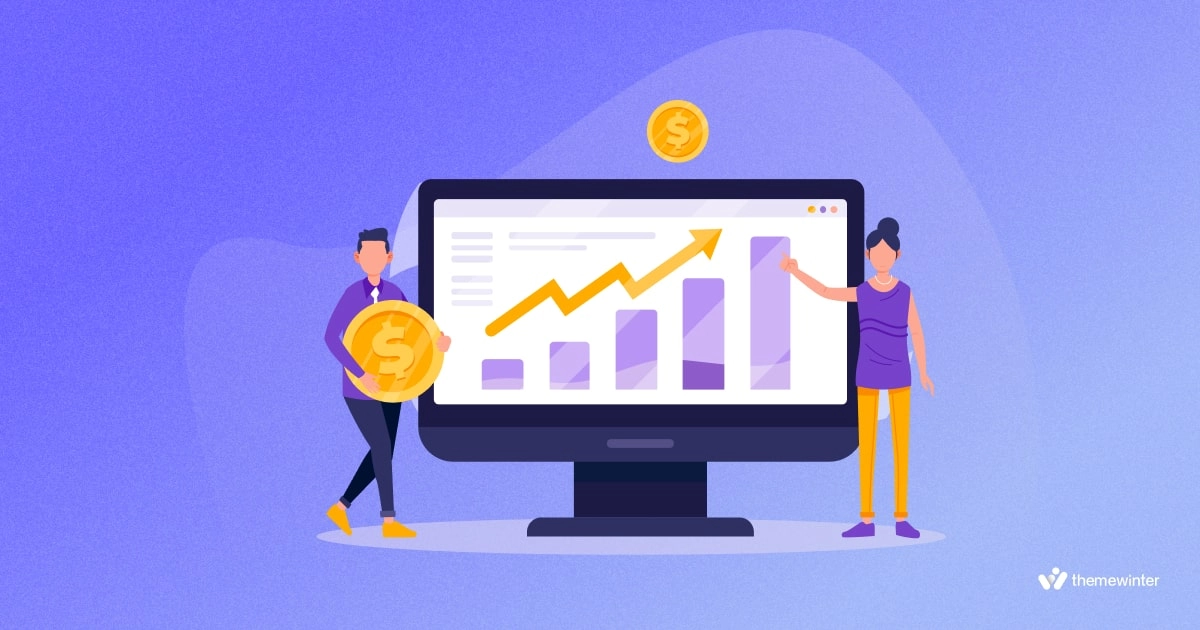
Now you know how to take your offline business online. By following the process, you’ve crossed the digital threshold and brought your business from offline to online business. But just as a plant doesn’t stop needing attention after it’s been reported, your online business ideas demand continuous nurturing to truly flourish. And now we’ll talk about that.
Here’s your green thumb guide to nurturing and expanding your business online-
Focus on Consistent Branding:
- Stay True to Your Roots: Remember the colors, tones, and styles you used offline? Keep them consistent online. It’s like your business’s familiar face in a new place.
- Voice and Tone: That friendly banter across the counter? Translate it into your online content. Your posts, replies, and updates should feel like they’re coming from a friend.
Keep Making Engaging Content:
- Tell Your Story: Share behind-the-scenes looks, origin stories, or customer testimonials. Let your audience connect with the heart of your business.
- Educate and Inform: Offer value. Whether it’s a how-to guide related to your product or industry insights, be a source of knowledge.
Strengthen Community Ties:
- Engage Regularly: Respond to comments, hold Q&A sessions, or simply check in with a friendly post. Make your online presence felt.
- Host Virtual Events: Whether it’s a webinar, product launch, or digital workshop, it fosters a sense of community and engagement. Also, you can check out our dedicated discussion on conducting virtual events with Eventin event management system.
Invest in Digital Marketing:
- Search Engine Optimization (SEO): Ensure that when someone’s looking for what you offer, they find you at the top of their search.
- Social Media Advertising: Target your ads to the right audience. Use platforms like Facebook, Instagram, or LinkedIn to reach potential customers.
Focus on Feedback Loop:
- Listen to Your Audience: Reviews, comments, and feedback—these are gold. They help you find out your areas of improvement and improve your growth.
- Conduct Surveys: Check in with your customers. Ask what they love and where you can do better.
Expand Your Offerings:
- Introduce Loyalty Programs: Reward returning customers. It’s a thank-you note and an incentive wrapped in one.
- Dabble in Collaborations: Partner with brands or influencers that align with your ethos. It’s like introducing your business to their circle of friends.
The digital terrain is vast and dynamic. But with persistence, adaptability, and a little bit of digital charm, you can nurture and see your business not just survive but truly thrive online.
💁 Goodreads: How Eventin’s Free Features Save Your Time and Money: Here’s Everything You Can Do—for $0 – Read more.
5. Overcoming challenges: ensuring a smooth shift online
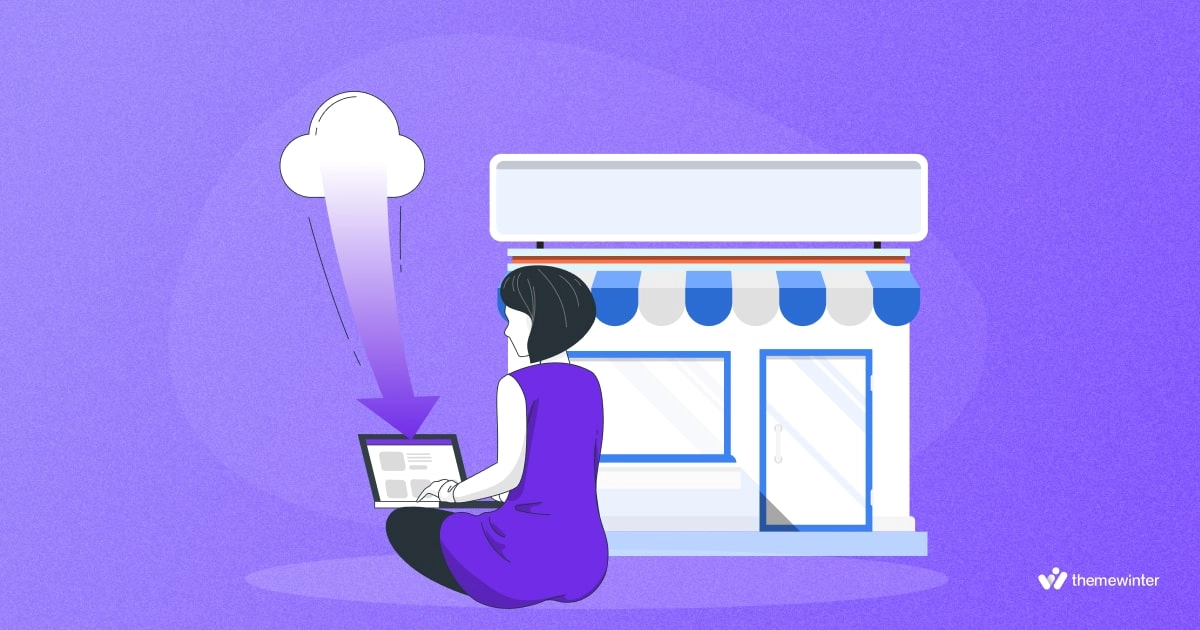
Transitioning from a physical storefront to a digital domain can feel a bit like learning to ride a bike all over again. You’re bound to have a wobble or two. But with every challenge comes a lesson, and with the right approach, you can pedal forward with confidence.
Let’s chat about some common bumps on the online road, how to take your offline business online, and how you can smoothly navigate them:
Feeling Overwhelmed with Choices:
- The Challenge: Between website designs, hosting platforms, and e-commerce tools, the choices can be dizzying.
- The Solution: Start simple. Pick user-friendly platforms like Shopify or Wix. As you gain confidence, you can explore more tailored options.
Maintaining that Personal Touch:
- The Challenge: Online, you might miss those face-to-face interactions and worry about becoming just another digital storefront.
- The Solution: Infuse your brand’s personality into every aspect. Craft engaging ‘About Us’ pages, share behind-the-scenes stories, and actively engage with customers on social media.
Worries About Tech Glitches:
- The Challenge: Websites crash, payment gateways falter, and sometimes things just don’t work.
- The Solution: Have a tech buddy or a reliable customer support line. Platforms like WordPress have vast communities ready to help. Regular backups and updates are your safety nets.
Staying Visible in the Crowd:
- The Challenge: The digital world is bustling. How do you stand out?
- The Solution: Invest in Search Engine Optimization (SEO) and regular, valuable content. Engage with your audience on social media. Remember, consistency is key.
Understanding the Digital Lingo:
- The Challenge: SEO, PPC, CMS… the jargon can be a mouthful.
- The Solution: Take it step by step. There are plenty of beginner guides and courses. And hey, even a basic understanding goes a long way!
Handling Negative Feedback Publicly:
- The Challenge: Online, feedback is immediate and public. A negative comment can feel like a stain on your reputation.
- The Solution: Approach it with grace. Respond promptly, and genuinely, and see it as an opportunity to showcase your commitment to customer satisfaction.
Remember, every business, big or small, faced a learning curve when they first ventured online. You’re not alone in this. Celebrate the small victories, learn from the missteps, and always keep that passion burning.
This is how to take your offline business online and make it gradually successful. The digital realm offers vast horizons, and with resilience and adaptability, your business can soar to new heights!
The bottom line
Taking your offline business online might feel like a big step—but it’s one worth taking. Yes, there will be challenges. But with the right tools, mindset, and a clear plan, you can handle them.
You’re not just following a trend. You’re building something stronger, more flexible, and ready for the future. Going online means more people can find you, buy from you, and stay connected with your brand.
So start small, stay focused, and take that first step today. Your business deserves to be seen—everywhere. 🛍️ 🌐

